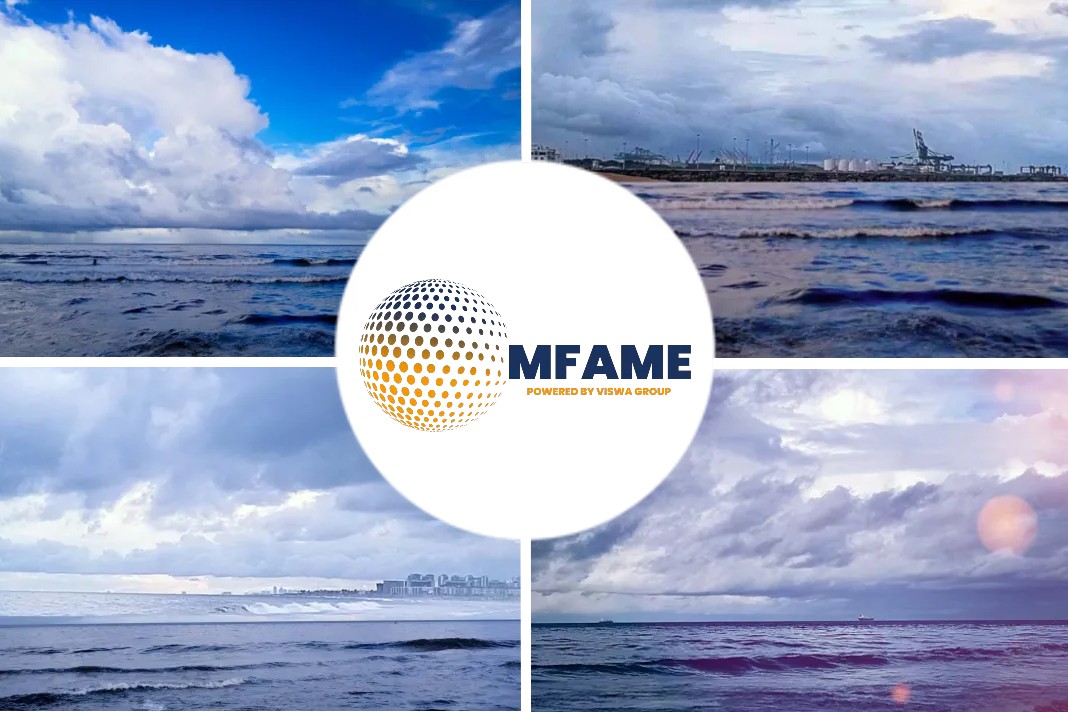Global shipping demand is picking up worldwide as the U.S. economy continues to expand at a modest clip. Europe is showing signs of life and China is probably about to come roaring back. The problem: a huge capacity backlog sitting and waiting for container ships.
Shipments to and from Asia have been seeing major disruptions since the last quarter. Compounding the lack of visibility for when things will get better is how there are different opinions about the root cause. Some say ports in China have been saturated due to a rise in exports, while others point to consolidation in the shipping industry as the underlying problem.
The carriers EBN contacted acknowledge availability for cargo to and from Asia remain limited, but they mainly attribute the capacity shortage to an uptick in demand.
Other industry observers say the effects of the recent alliance reorganization, now consisting of the THE Alliance, the OCEAN Alliance, and the 2M Alliance structure account for the tight capacity. The new alliance reconfiguration, which accounts for over 90% of container ship traffic worldwide, has disrupted Europe-to-Asia container traffic on an unprecedented scale, Nik Delmeire, secretary general for European Shippers’ Council (ESC), told EBN.
“There is certainly a surge , but to a degree this is normal after the Chinese New Year, and part also a panic reaction as shippers book more space than they really need just to make sure that they obtain the minimum,” Delmeire told EBN. “But the main cause is the bad preparation by the alliances.”
The new alliance reorganization has essentially “broken” the system for Asia shipping, Delmeire said. “The carriers, logistics service providers, and even the carriers are overbooking, rushing to claim any slots they can find,” Delmeire said. “It’s like when there a shortage of beer and everybody rushes to empty the shelves–whether they really want beer or not.”
The alliance reorganization compounds issues shippers and carriers normally face, Delmeire said. These include delays due to weather, work stoppage, bad weather, lost containers, and other unforeseen circumstances that can traditionally lead to delays and breaches of delivery contracts.
“Shipping is already challenging enough without having to create even more problems the alliance has created,” Delmeire said.
Rampant overbooking by carriers in the wake of newly redone alliances is at the root of the massive delays at the port, Nicolas Vittori, the overseas network manager for France-based Setcargo, told EBN.
“Carriers are overbooking vessels and continue to accept reservations,” Vittori told EBN. “Meanwhile, containers Chinese exporters deliver are left stranded at the port without being loaded onto ships.”
Total capacity since the new alliance structure was created has increased by 5% since April 1st despite the shortfall in capacity that is available since there are more orders than there are available slots on boats, according to shipping analyst firm Alphaliner. There has been an increase in 14,000 to 20,000 teu- and 5,500 to 10,000 teu-size capacity, while 10,000-13,300 teu- and 3,000-5,100 teu-size capacity has decreased, according to Alphaliner.
Carriers have been able to raise prices by 45% and M2 alliance member have stopped accepting orders due to the capacity shortfall, according to the ESC.
However, carriers are not taking advantage of the situation by raising prices, a Hapag-Lloyd spokesman told EBN. “We are not allowed by law under antitrust and other regulations to reduce capacity by working with competitors in order to raise rates,” the spokesman told EBN. “It is not something we do.”
Carriers have seen a spike in demand, but see the alliance as a way to create more capacity in the long term, a Mærsk spokesman told EBN. “Alliances enable container shipping lines to optimize networks and benefit from economies of scale,” Mærsk said in a statement. “This potentially allows the individual partners to market more competitive and attractive services: more ports and direct services, better coverage and higher frequency.”
However, in the near term, there have been some issues, Mærsk spokespersons acknowledged. “While alliances overall benefit the customer, the formation of a new alliance is disruptive for customers in the short term,” Mærsk said in a statement. “When a container shipping line moves from one alliance to another both alliances need to redo their networks. There will be shorter and longer periods with frequent changes to services and offered capacity and fluctuating reliability.”
If one forecast remains true, the capacity problem could remain an issue for the rest of the year. According to Container Freight Rates and Shipping Market Outlook published by Drewry Shipping Consultants, global container shipping demand based on container volumes will rise 2.8% in 2017, compared to a 2.7% increase in capacity in the wake of the recent backlog in shipping orders.
It may thus be a long time indeed before shipping gets back to normal.
Did you subscribe for our daily newsletter?
It’s Free! Click here to Subscribe!
Source: EBN

















